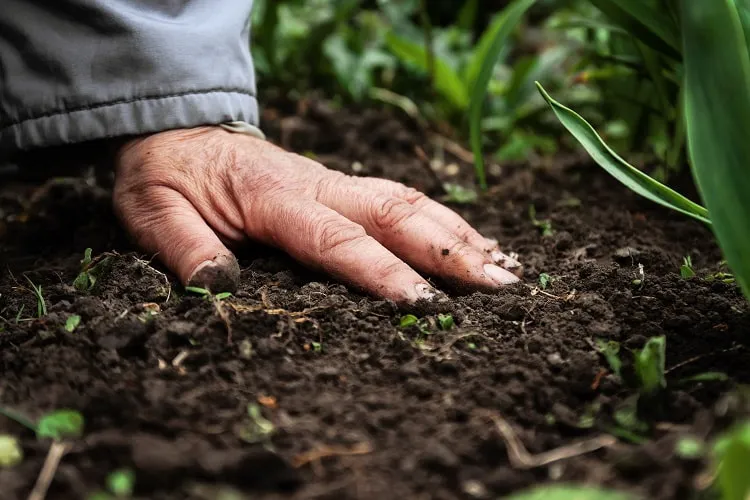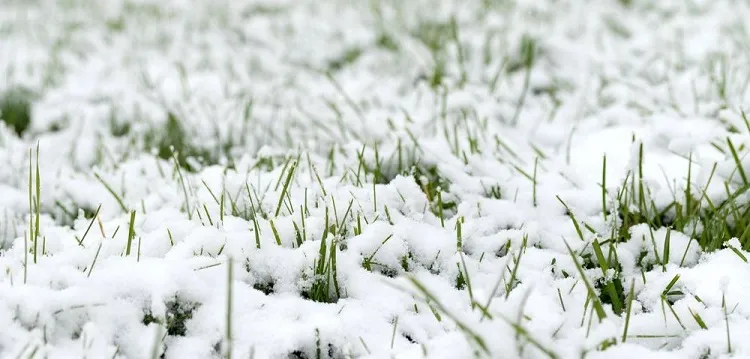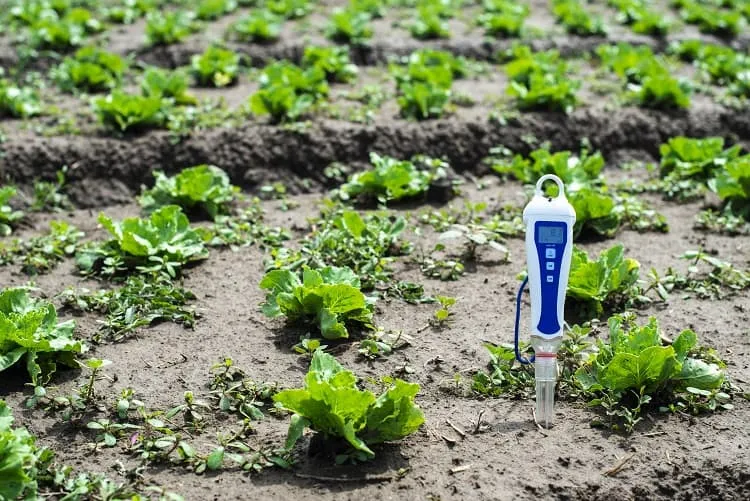As most of you readers know by now, my parents recently bought a house in the country. Currently, they are focused and making the most of the warm fall days, so they can fix up the place as much as possible and get it ready for winter. Unfortunately, their lawn is in horrible condition. I mean, no one has been tending to it for over three years, so what can you expect, right? My father is thinking of refreshing it by growing some grass seed. However, he can’t be certain that the temperatures will remain warm as they are now. Are you also wondering if it’s too late to take proper care of your lawn? Are you asking yourselves if you can plant grass seed in November? If you want to know, keep on reading and find out the answers to all your question about planting grass seed in colder weather!
How to plant grass seed in November when it’s still warm?
Planting grass seed during November can be quite tricky, so you need to pay attention to a few important key points. Firstly, you need to take careful account of the temperatures in your living area. Grass seed should sow in temperatures between 8 and 10 degrees/ 46-50 °F or above. This includes to keep in mind both the weather during the day and night. Regularly check the weather forecasts. Beware of frosts, because if the ground freezes, then the conditions for growing new seeds will be harder to deal with. If you notice a tendency of dropping temperatures, then you can think about dormant seeding. Read all about how to do dormant seeding in the second part of this article.
If the temperatures remain warm, and you are certain that you want to sow, then for good results go with a mix with more perennial ryegrass. A mix like this is better suited for colder temperatures. If you properly follow the instructions of sowing and growing, your seeds should properly germinate. Avoid mixes with bigger amounts of fescue, as those require warmer weather.
When you are wondering if you can plant grass seed in November and the temperatures seem to be below 8-10 degrees/ 46-50 °F, then you can go with the option of dormant seeding. The dormant seeding method can be used to plant your seed while the weather is chilly to keep your seeds dormant until warmer weather comes, and they can sprout. If you want to save on time and not wait until spring to sow your grass seeds, then go with this approach! I will provide you with the necessary details on how to prepare the process of germination. Let’s go!
How to plant grass seed in the lower temperatures?
The process of dormant seeding is the same as when you plant your seeds in the warmer days. The difference is now you need to wait for lower temperatures. Best to sow just before the first snow falls, so your seeds will be properly covered when it does. The snow will not protect them, but it will keep them dormant.
If you are asking yourselves what seeds to use for dormant seeding, you can go with the same ones you would select if the temperatures were high. Often the success of the grass seed’s growth depends on the region where you are growing it. Look at the labels on the seed packages and check if it says warm or cold season grass seeds. Avoid mixes with weed control products, as they can harm your seeds. Be sure that the seeds are high quality and with no fillers.
You need to test the pH of the soil, so it will be the right one for supporting your grass seeds after the dormant period ends. Do this by using a digital pH meter. Make sure the pH of your soil is between 6.2 and 7. If it is lower or higher, correct it with a brand of soil food.
After you have the correct pH level, fed your soil with a product that will help strengthen the soil and support the growing of the seeds during colder temperatures. There are a number of ones to choose from. When you are buying your seeds at the farmer’s market, you can ask a specialist which brand best to use in this occasion. They will know. Or can ask your neighbours which one they use and if they are happy with the results.
After completing all the previous steps, it is time to put in those grass seeds! Do this by using a spreader. Make sure that the seeds are covered by a quarter inch of soil to ensure the germination process. And now we wait!
Choosing to plant seed in November can come with some risks. You may achieve great results in your sowing by the first spring day. However, you may also experience a loss of your seeds if the weather unexpectedly warms up, as it sometimes does. Mother nature knows her ways. If you want to go with the safe choice, you can always wait for spring time and start sowing your grass seed then!
As soon as my father’s grass seeds also sprout, I will be sure to inform you of the results! In the meantime, I will also aid my mother in picking flowers for the balcony that can keep up with the cold weather! Cheers folks!
Also read: When & How to Plant Ornamental Garlic? Care Guide for Alliums



